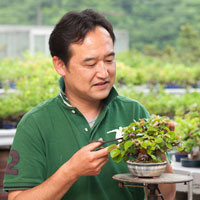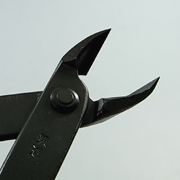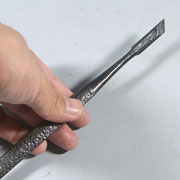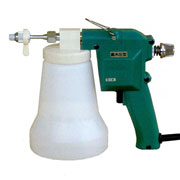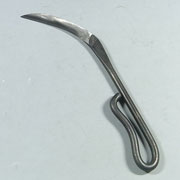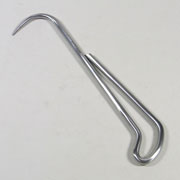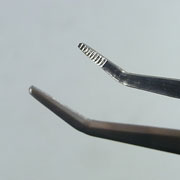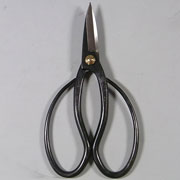Before and after working shinpaku
|
|
||||
| How to work about the shinpaku | ||||
|
|
||||
|
After receiving ascetic training
under Yukio Hirose of Yamato-en in Kanagawa Prefecture, Mr. Hiroki Miura has been taking active part in enlightenment and diffusion of Bonsai culture as the second-generation owner of Miura Baijuen, a leading traditional Bonsai nursery in Kansai region. At present, he actively hosts Bonsai classes not only in Japan but also in various overseas countries. He is one of the leading bonsai craftsman in Japan. He also appears regularly in Bonsai magazine "KINDAI BONAI". Executive Director of Japan shouhin bonsai association from 2015 to now. https://shohin-bonsai.ne.jp/ All Japan Shohin Bonsai Association (Public Corporation) certified instructor. NHK Culture Center instructor. Facebook : facebook.com/hiroki.miura.33449?fref=ts |
||||
|
|
||||
2) He removed old leaves at first |
||||
| He
used this tweezers at this work. |
||||
|
||||
|
3) He cut the branch. |
||||
| He
used this branch cutter at this work. |
||||
|
||||
|
4) An interim progress of working The many branches is cut and this tree is becoming the shape of bonsai . |
||||
|
5) How to make Jin and Shari Jin and shari is Japanese . This means deadwood. Jin is a dead part of branch. Shari is a dead part of trunk. This express that the nature is strict and one part of the branch and trunk is dead by lighting , wind and weight of snow and the part becomes white by sunlight. |
||||
|
||||
|
6) He cleaned the Jin by using Jin chisel He used this tweezers at this work. |
||||
|
||||
|
|
||||
|
|
||||
|
7) How to clean the trunk and remove the
old bark He used this pressure washer at this work. |
||||
|
||||
|
Clean the trugn |
||||
|
|
||||
|
He removed the old barks. The red part is
new bark . |
||||
|
|
||||
|
8) Shinpaku after working He will make this Jin and shari white by putting the Lime sulphur. |
||||
|
|
||||
| 9) 2 months after Mr.Hiroki Miura worked 2018/6/3 UP | ||||
|
He put Lime sulfur on Jin and Jin became white. He wired the branch. |
||||
|
|
||||
|
|
||||
| 10) Transplantation (1) | ||||
|
He removed the tree from the pot. |
||||
|
||||
|
|
||||
|
|
||||
|
11) Transplantation
(2) He loosely loosened the soil with 1 prong root hook. |
||||
|
||||
|
|
||||
|
|
||||
|
12)
Transplantation (3) He finely loosened the soil with tweezers.. |
||||
|
||||
|
|
||||
|
|
||||
|
13)
Transplantation (3) He cut the fine roots with bonsai scissors. Although bonsai scissors is always used to cut the branch , bud and so on, the roots are often cut by bonsai scissors. But, I recommend that you use the reasonable scissors like No.40B because by gravel might make the blade chip. If you cut the thick root, please use the following root cutter. Root cutter  |
||||
|
||||
|
|
||||
|
|
||||
| 14) After Transplantation | ||||
|
|
||||
|
|
||||

